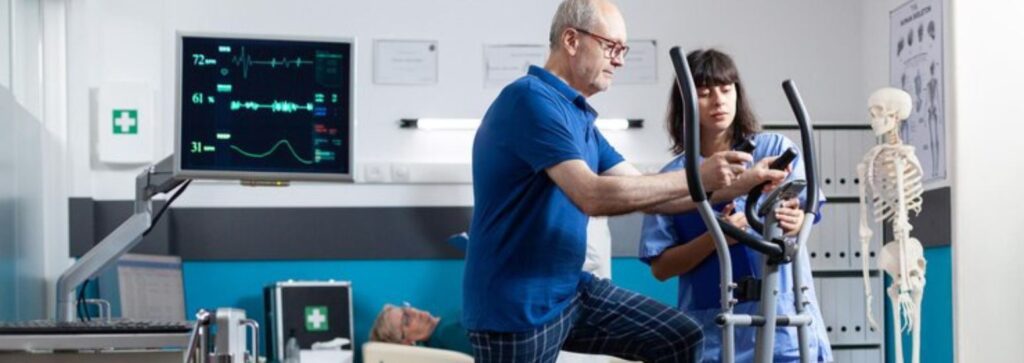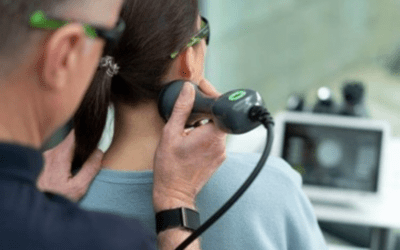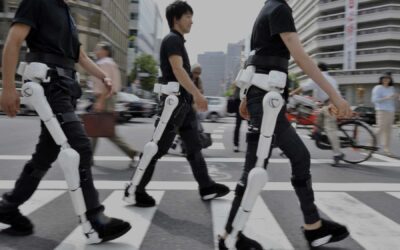Rehabilitation and Assistive Technology refers to tools, equipment, or products that can help people with disabilities successfully complete activities at school, home, work, and in the community. Disabilities are disorders, diseases, health conditions, or injuries that affect a person’s physical, intellectual, or mental well-being and functioning.

Rehabilitative and assistive technologies can help people with disabilities function more easily in their everyday lives. The term “rehabilitative technology” refers to aids that help people recover their functioning after injury or illness. “Assistive technologies” may be as simple as a magnifying glass to improve vision or as complex as a digital communication system.
Some of these technologies are made possible through rehabilitative engineering research, which applies engineering and scientific principles to study how people with disabilities function in society. It includes studying barriers and designing solutions so that people with disabilities can interact successfully in their environments.
Assistive Technologies for Patient Rehabilitation
Assistive technology (AT) is an important tool used to enhance strengths and compensate for limitations in people with disabilities. AT can significantly affect the degree of autonomy and competence these patients experience as they access work, educational, recreational, social, and independent living environments.
Assistive technology-based interventions, telerehabilitation, robotics, and virtual reality setups have been widely adopted to help individuals with neurological damage or injuries. Neurological rehab can often improve function, reduce symptoms, and improve the well-being of the patient.
Types of Assistive Technologies
- Lightweight, high-performance mobility devices that enable persons with disabilities to play sports and be physically active.
- Lasers like ‘LightForce Therapy Lasers are unique among laser devices with a singular focus on rehabilitation and pain management. The Therapy provides Class IV, deep tissue lasers that treat acute and chronic musculoskeletal conditions as well as post-activity recovery.

- Robot-assisted gait training for Neurorehabilitation. Cyberdyne HAL is one such wearable robot that assists a patient while they are walking, standing, and performing leg movements based on the wearer’s intended movement for a better quality of life.
- Vibramoov is the system for sensorimotor rehabilitation through ‘Proprioceptive Functional Stimulation. Vibramoov uses Functional Proprioceptive Stimulation to the tendon of the muscle and activates the near-muscular spindles which induces a sense of movement. This corresponds to a lengthening of the vibrated muscle, enhancing the range of motion perceived by the patient.
- Cognitive aids, including computer or electrical assistive devices, to help people with memory, attention, or other challenges in their thinking skills.
As a True Recovery Accelerator, Vibramoov, Cyberdyne, and Lightforce Lasers are effective and innovative therapeutic solutions used in Functional Rehabilitation. The early activation of the proprioceptive afforestation aims to maximise the activity of sensorimotor loops, strengthen proprioception, and recover smooth and pain-free movement.
So, connect with us at www.rehabmodalities.com to learn more about our rehabilitation therapy.
To know more write to us: info@rehabmodalities.com



